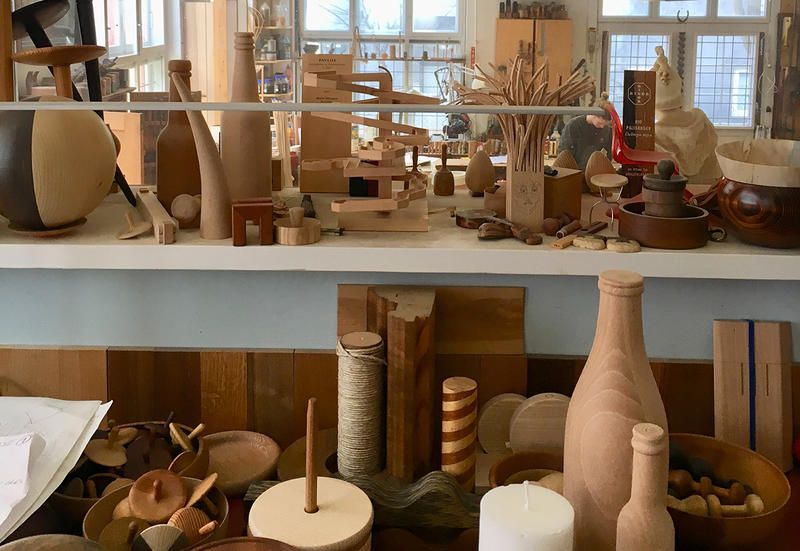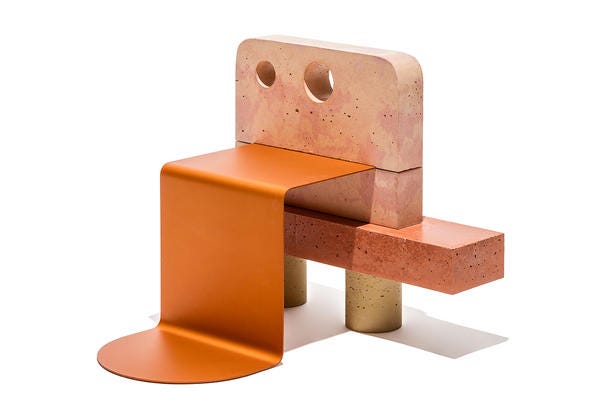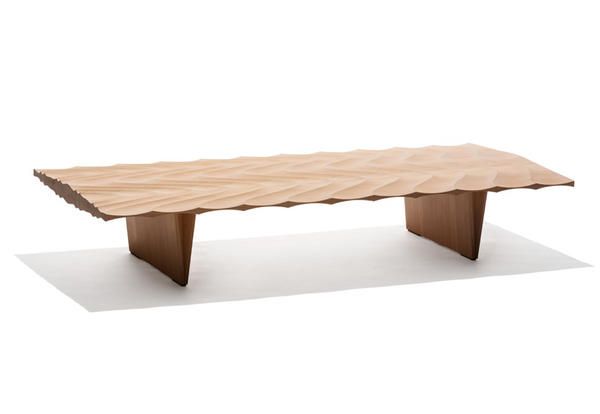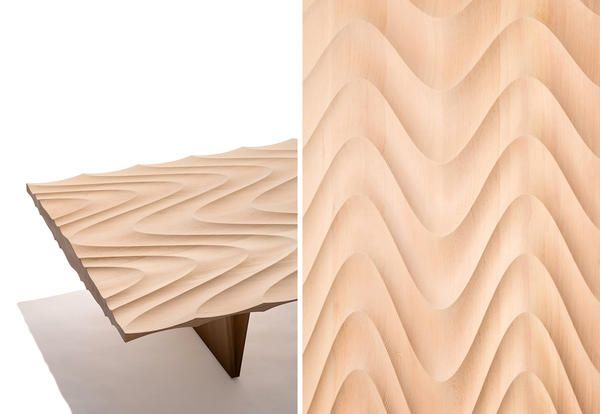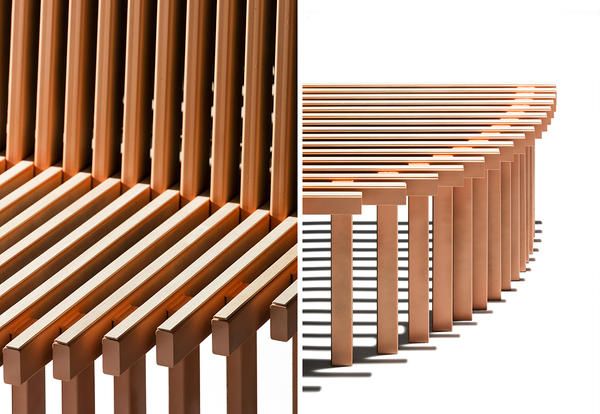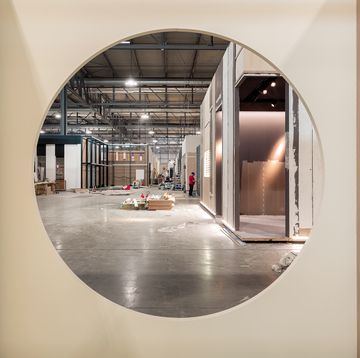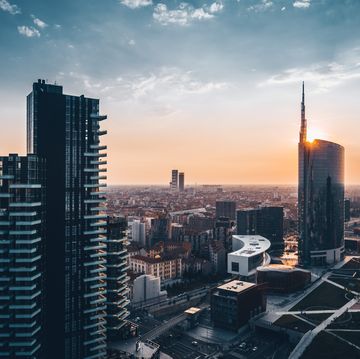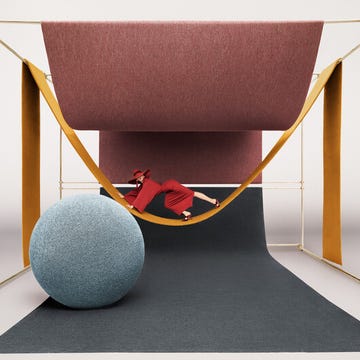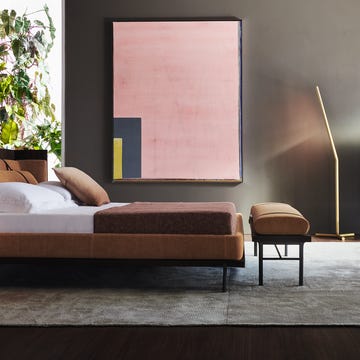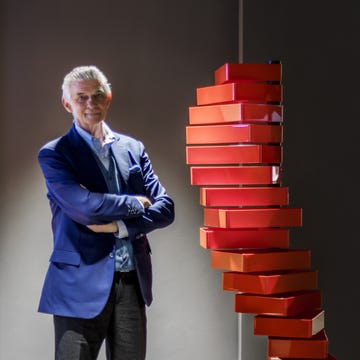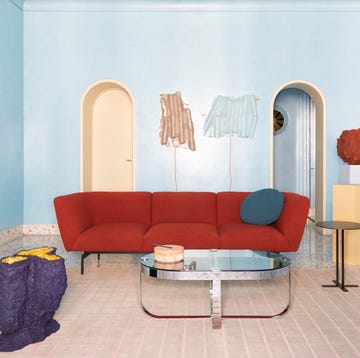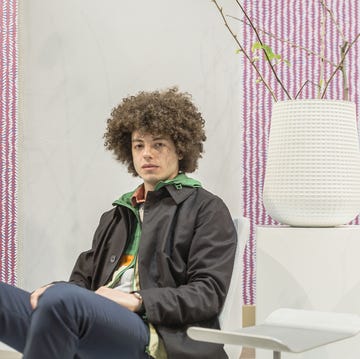A visit to the studios of Danish designers set to exhibit their work at Milan’s Fuorisalone with Mindcraft 18 — the concept organized by the Danish Arts Foundation and the Agency for Culture and Palaces, which has brought the best designers and artists to Milan since 2009 — seems to represent the answer to a simple question: what’s the life of a Danish designer like?
The reality might be different than what you imagined. Being a designer in Denmark means (in most cases) embodying the role of artisan, craftsman, and protector of art and creative creation.
Being a Danish designer also means working in a domestic dimension, where a fresh pot of coffee or a sweet to accompany it are never missing (it is, after all, the home of Hygge). Here the process of designing goes hand in hand with personal interests and family commitments.
The Danes, designers or not, work from 8:00 to 5:00, they eat lunch and dinner early, and they move by bike even in the cold winter months.
The designers' studios are a symbol of their approach to work — industrial sheds transformed into creative ateliers, and no, they’re not your typical refined lofts. These spaces feature plywood flooring and various machines for woodworking. They’re shared basements and true workshops for carpentry, equipped with all the traditional tools that have been passed down through the generations.
You can expect no less from Rasmus Fenhann, whose studio isn’t far from the center of Copenhagen in a nondescript residential building. It’s here that the designer set up shop for woodworking at its finest, between traditional techniques and modern technologies that help create his pieces. These products are inspired by the elegance and clean lines of the Japanese as much as the cabinet-making traditions of the Danes.
It’s no surprise that Fenhann will be at Mindcraft with Sakyu (a Japanese term to indicate sand dunes) — a large bench in Oregon Pine wood with three-dimensional drawings created by a CNC milling machine, which is then hand-finished with planers and Japanese scrapers. An object to touch and feel, it highlights the Japanese tradition of spending time to observe and experiment with the material.
Among the work from Denmark’s designers, there will also be workshops offered by the government, and this is where they truly stand out. In Copenhagen there are spaces like the Danish Art Workshops (DAW), an institution under the Department of Culture, whose purpose is to supply locations to realize particularly complicated pieces of art (for free). A workshop over three floors open to designers, artists, artisans, and restorers that need to work on a bigger scale and for which their studios aren’t equipped.
It’s here that we meet architect Kevin Hviid and Billy, the piece he’s bringing to Fuorisalone 2018 — a circular bench in steel inspired by a cactus with room for two on each side.
Similar in some ways, is Fabrikken for Kunst & Design, an old hospital transformed production center where professional artists and designers work in more than 50 studios in a large cathedral-like factory. There, we meet Ditte Hammerstrøm, curator of Mindcraft 2018, who has chosen the exhibitors and designed the space.
This year’s edition is focused on the original concept of Mindcraft with a new attitude towards conceptual design, where narration, reflection, and critical comments are united with top of the line craftsmanship and aesthetic.
In the setup for Mindcraft at Fuorisalone 2018, hosted inside the Cloister of San Simpliciano, objects on display will be at the center of attention with an emphasis on the practical aspect of materials, aesthetics, and tact. All in the combined effort to demonstrate what it means to be a designer in Denmark.
Opening Photo: RASMUS FENHANN’S STUDIO IN COPENHAGEN
